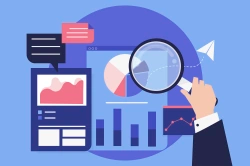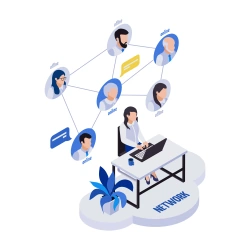Kanban Swimlanes Guide
Kanban boards are nothing new, but whether you just started using them or are looking to use them more effectively for your team, we have got you covered! Kanban boards are a great way to organise your team’s work with agile methodology and implementing swimlanes on your board will allow you to visualise and prioritise your work more effectively.
Kanban swimlanes allow you to break your tasks into logical and visual groups that will help you stay organised and effectively manage multiple initiatives, teams, and timelines in one place. At Blue Cat Reports, we are dedicated to helping you streamline your project workflows and manage your projects from start to finish of every project.
In this guide, we will help you understand what swimlanes are, how they can help you execute your projects more effectively, and how to use Kanban swimlanes the right way.
What is Kanban?
Kanban is a popular methodology used to visualise workflows, most commonly used for software development projects.
It was created by Taiichi Ohno, one of Toyota’s founders, as part of his Toyota Production System. It’s a system for managing pull production; instead of pushing parts through in batches, Kanban ensures that parts are produced only when there is demand for them by moving them down a line when they are needed. This approach helps you eliminate waste—something that’s critical when implementing lean project workflows.

Toyota Production Process
Due to the methodology’s popularity, many project management tools, including Trello, now have Kanban board functionality, allowing you to easily build out your workflows into a Kanban format. The most common way to set up a Kanban board is to have four primary columns, each representing a stage of your production process.
The columns represent backlog (what work you need to do in the future), currently doing, completed, and in progress or a similar variation; for instance, backlog, in production, in QA, and deployed. Here’s an example with 5 different columns:
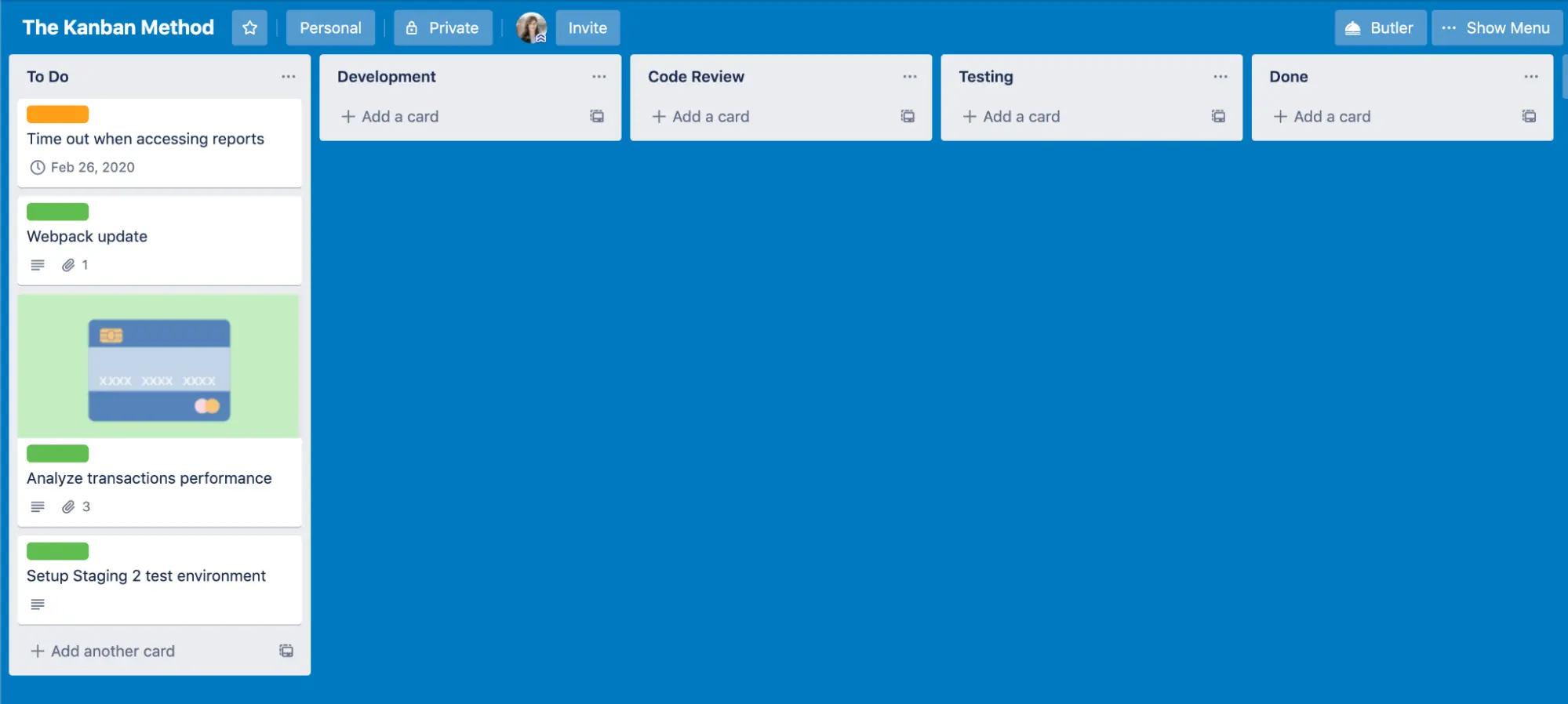
What are Kanban Swimlanes?
Kanban swimlanes are horizontal lines that split a Kanban board into sections. They help manage projects with various teams, products/features, or initiatives. You could have a Kanban board with swimlanes dedicated to different functions or have swimlanes separating development from testing, design from operations.
There are countless use cases, and how you use your swimlanes largely depends on your unique company needs. Regardless of how you use them, swimlanes can be leveraged to make your team more efficient by keeping related tasks grouped.
Below are some of the different ways you can use Kanban Swimlanes to categorise various tasks within your board.
- Members
- Teams or Functions
- Complexity
- Task Types
- Clients
- Company Goals and Initiatives
- Repetitive Tasks
- Products or Features
- Priority
How to Use Kanban Swimlanes
Swimlanes are a common feature in most Kanban boards. They can be used to represent various departments, areas of responsibility, workflow steps, stages of development, or any other logical separation. Here are some different use cases for kanban swimlanes using the Swimlanes by Blue Cat power-up.
To be effective, swimlanes should only contain those tasks that share a specific purpose; tasks that belong to different purposes should remain in their own lane. You should also take care to make sure that one lane doesn't contain too many similar types of tasks, as this can cause confusion and make it difficult to parse through.
If you're looking for more specific examples of the different ways you can use Kanban swimlanes, keep reading, we break down each use case in more detail below.
Group by Members
If you’re using Trello swimlanes between team members, one easy way to have an overview of what’s everyone up to is to have designated swimlanes for each member. You’ll be able to see what each member is up to and to track their progress.
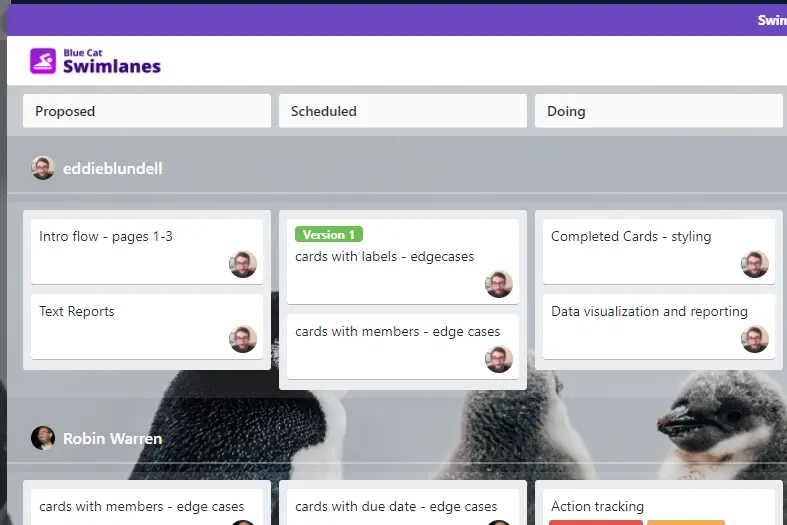
Distinguish Teams
One of the most common uses for Kanban swimlanes is to separate the work of specific functional areas or teams.
While it's common to start by using swimlanes for each individual engineer or team member, you can have different swimlanes for teams that often collaborate with each other on various projects.
Organise by Complexity
If you have engineers or contributors with different skill levels, another way to organise your board is by having a designated swimlane for each level of complexity. This will allow you to better assign resources based on the task requirement.
Distinguish Task Types
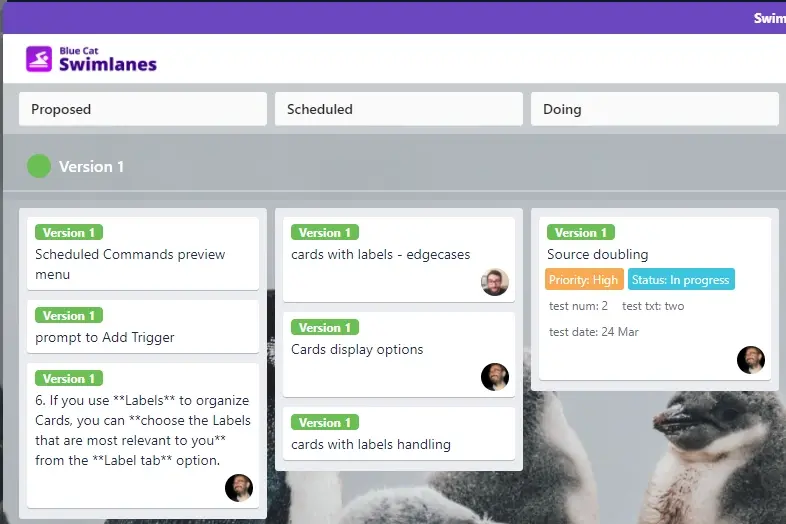
Another great way to use Kanban swimlanes is to separate workflows by task types, for example: bugs, new features, tests, QA, and documentation.
Similar to the company goal use case, this will help you prioritise and better understand how much time is being spent on what. For instance, if you see that 90% of your team's time is going toward bug fixes versus new feature development, there may need to be a broader initiative to rebuild the infrastructure or troubleshoot the root cause of the issues.
Separate Tasks by Client
If you are an agency or an organisation that works with clients, having a dedicated swimlane for each client may make sense. By separating your tasks by clients, you can easily visualise everything that is being worked on for a specific customer at a given time.
This makes it easier to speak to project statuses and timelines without having to dig through all of the team's outstanding tickets or tasks. Although, generally speaking, this method usually makes the most sense if you work with your clients for prolonged periods, it becomes more challenging to manage if the client relationships are short-lived (only take place for weeks or months).
Company Goals and Initiatives
Another great way to use Kanban swimlanes is to separate tasks by company goals. This is especially helpful as it can help you prioritise your most essential tickets by quickly seeing which activities will have the most significant payoff.
For example, suppose you have one task that contributes directly to revenue generation as well as another that improves your research and development and your resources are limited. In that case, it may be in your best interest to focus on revenue generation. Separating tasks by each goal makes it easy to see who is working toward what and reallocate resources as needed.
Repetitive Tasks
Many project managers tend to throw repetitive tasks into their usual workflows or forego oversight or management of them all together. Unfortunately, this can create confusion and also misrepresent your team's availability and workload.
For that reason, swimlanes can be an excellent way to distinguish repetitive tasks from more initiative or timeline-driven work. Using the power-up, you can create tags and other custom fields for easy categorisation.
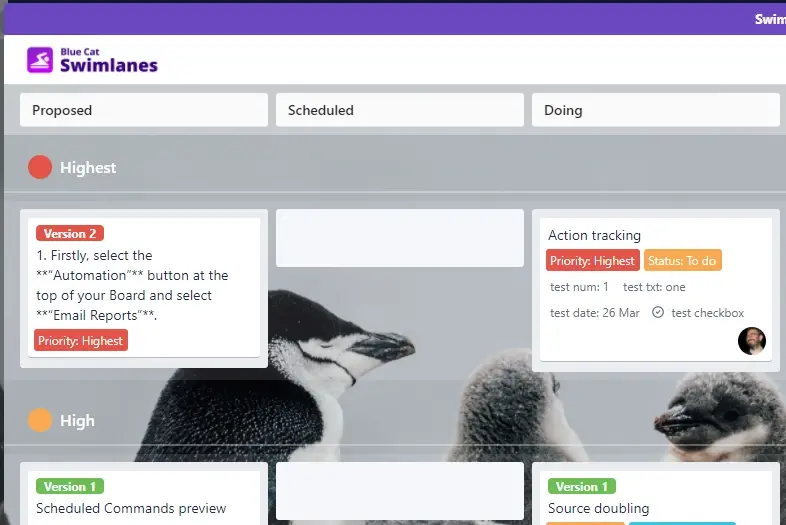
When you separate repetitive tasks from other workflows, you'll find it much easier to estimate how long a task will take, and schedule more effectively. However, keep in mind that some tasks can be both repetitive and timeline-driven.
In those cases, you'll need to examine each individual task on its own merits to determine where it fits best. A good rule of thumb is that repetitive tasks should go into their own swimlane if they don't have many sequential requirements or dependencies.
Categorise the Product or Feature
If you find yourself overseeing projects that contribute to various different products or features, you might want to consider breaking them into their own individual swimlane. For example, all tasks related to your product's "scheduling" feature would get their own lane, whereas those pertaining to the "map" feature would get a separate swimlane.
Separate by Priority
While several examples in this guide are designed to help make prioritisation easier, it may be easier to see it blatantly broken out.
Instead, start with your top priority or most urgent tasks in your top swimlane your board and then have less important tasks below. This will allow you to easily assign engineers to the most urgent items first and if they have additional capacity, you can begin assigning tasks from the less-important swimlanes.

When to Implement Swimlanes
While Kanban boards are an excellent way to streamline workflows, swimlanes are not essential for every Kanban board.
For example, if you only have one team member using the board, there probably is no need to distinguish tasks with swimlanes.
On the other hand, if you’re working with a large, cross-functional team and are tackling various projects or initiatives at once, swimlanes can help you stay organised.
How to Use Kanban Swimlanes in Trello
Trello has a beautiful Kanban board functionality but does not currently support swimlanes natively in the application. However, fear not! Swimlanes by Blue Cat will allow you to add them to your board.
Instructions
- Add the Trello Swimlanes Power-Up to your board
- Activate the Power-Up from the board button
- Select how you want your Swimlanes grouped: Member, Label or Custom Field
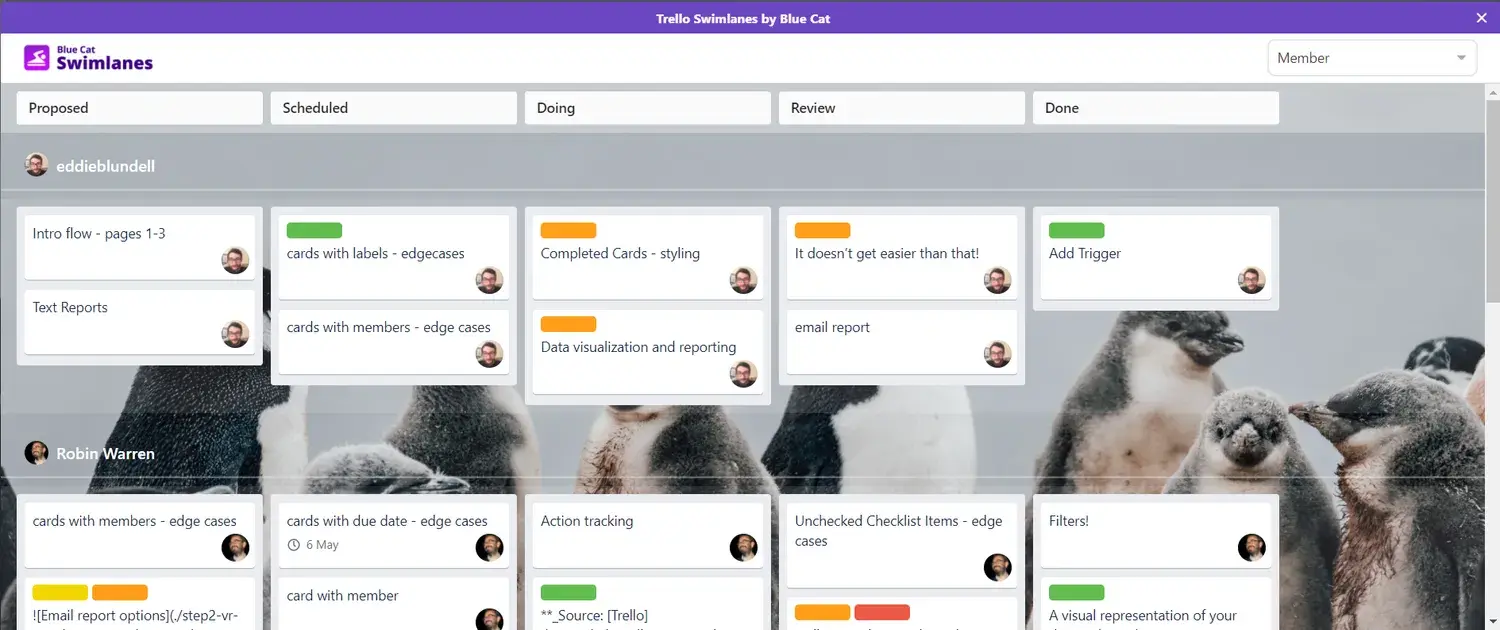
Organising and Visualising Your Project
Blue Cat Reports offers beautiful, intuitive reports and visualisation dashboards for your Trello boards. Easily manage your day-to-day work in one place and see the status of your projects at a glance. Add our power-up to your Trello board today!
